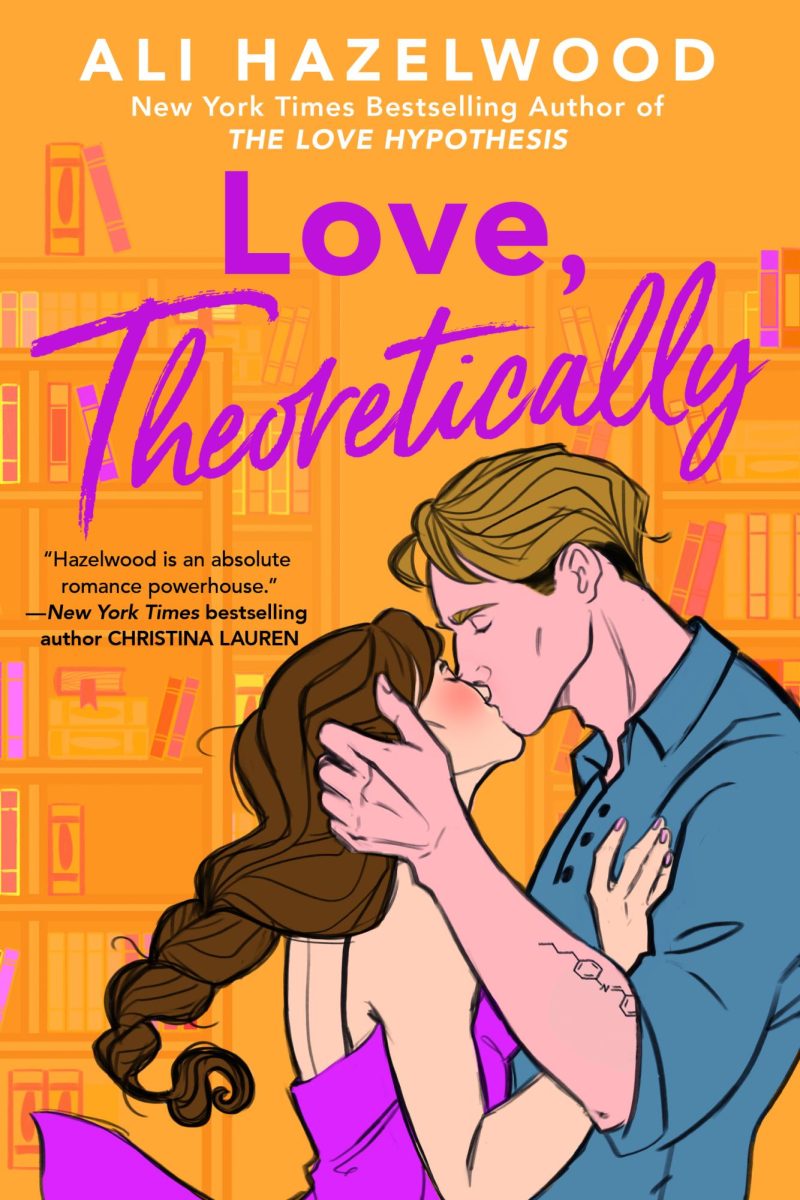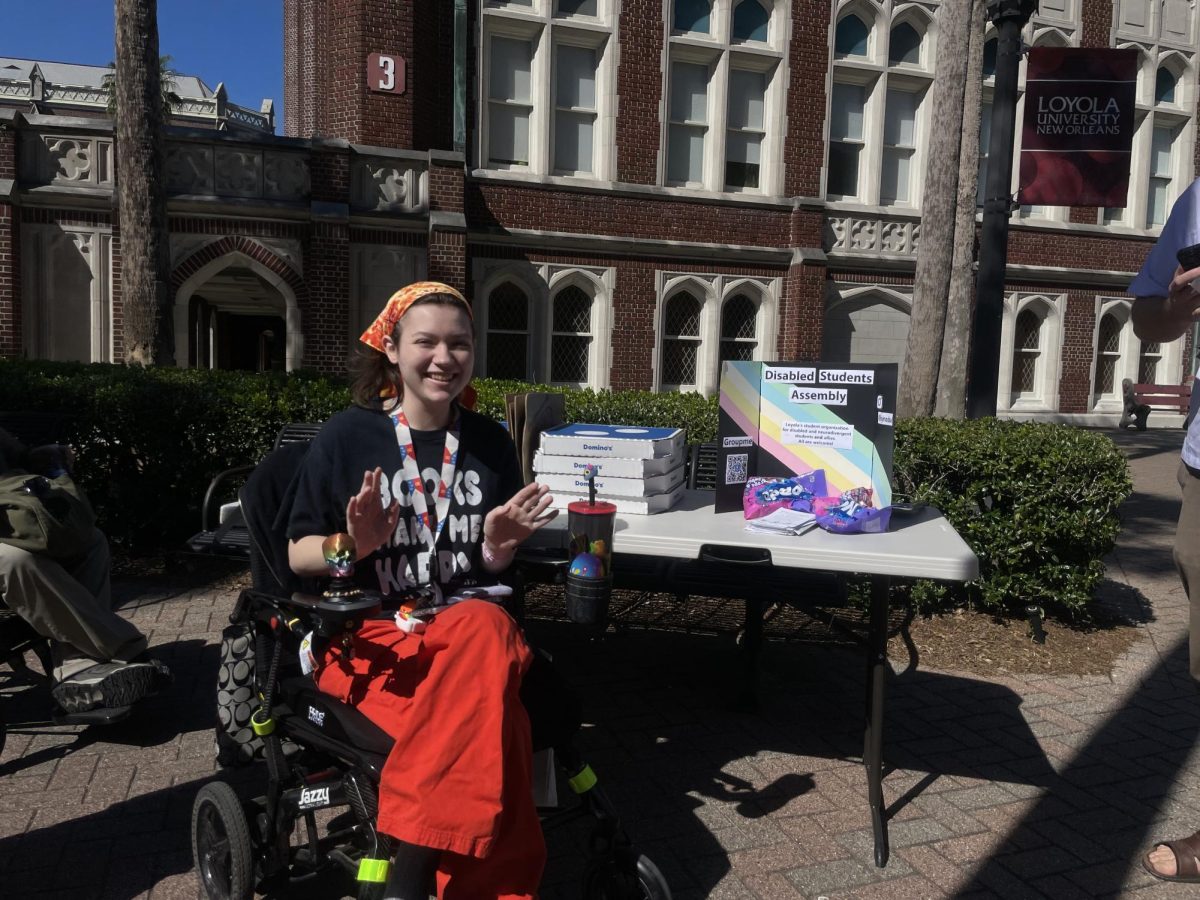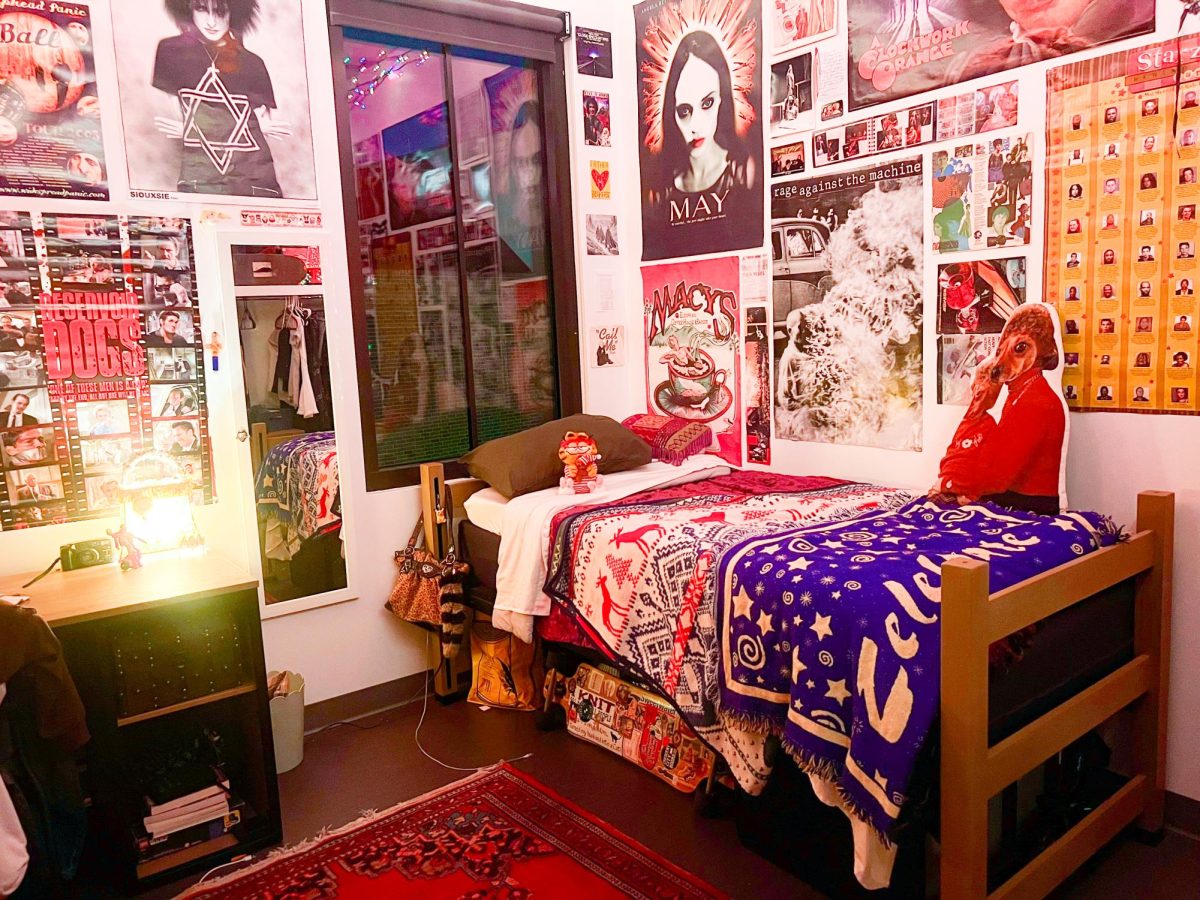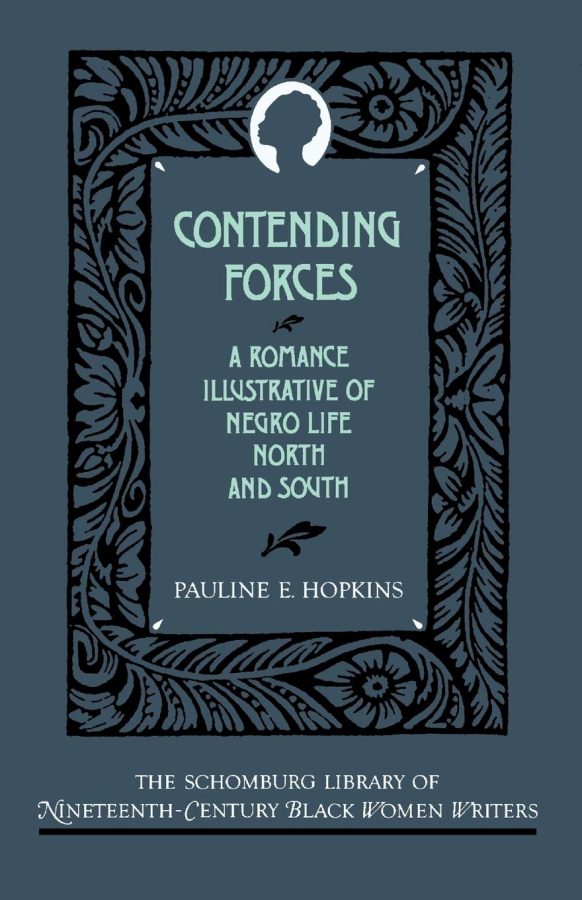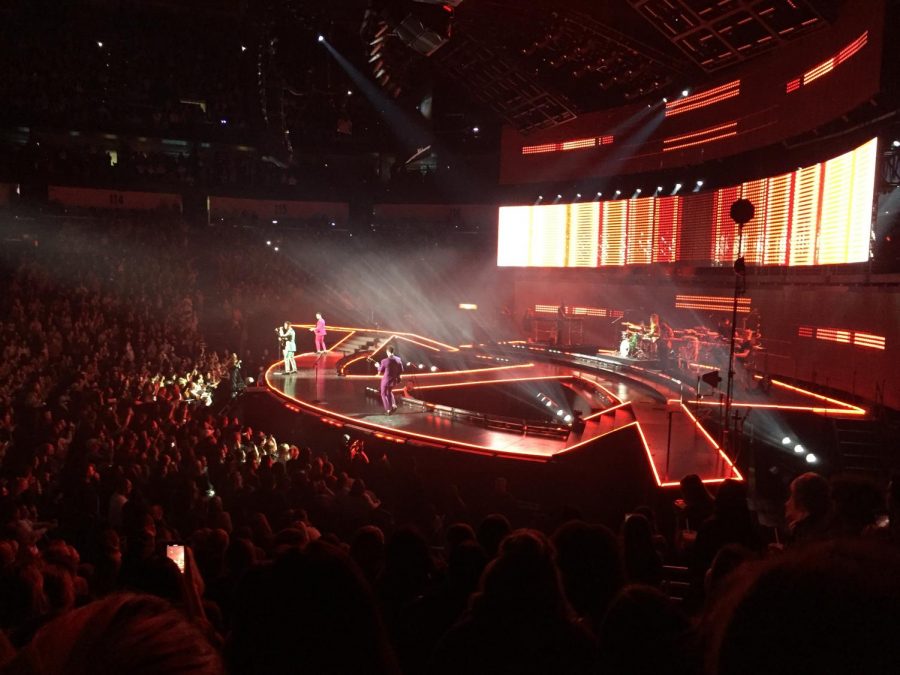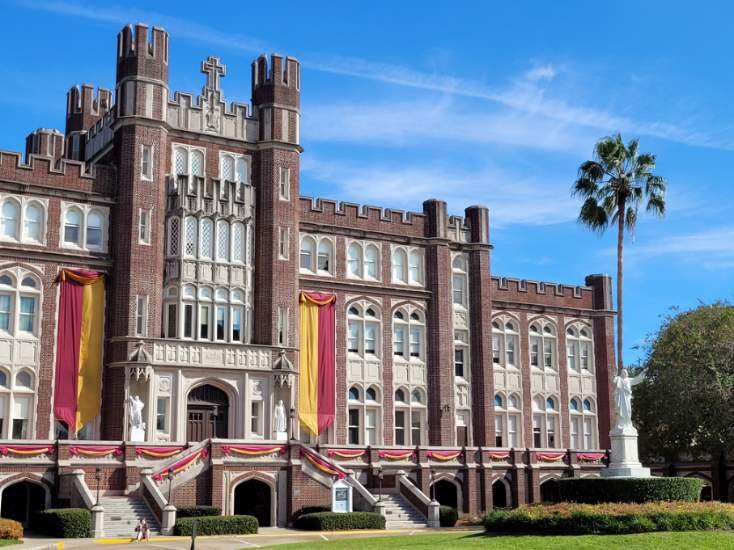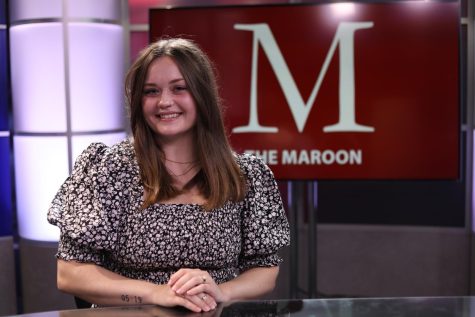Ali Hazelwood is known in the book community as a “romance powerhouse”, but her most recent summer release may challenge that narrative.
“Love, Theoretically” follows theoretical physicist, Elsie Hannaway, as she navigates her hectic life that’s filled with being an adjunct professor teaching thermodynamics (the study of relations between heat, work, temperature, and energy if you’re a communications girl and not a science girl like me) and offering her services as a fake girlfriend to her favorite client, Greg, who happens to be the brother of well-known and cold-hearted experimental physicist, Jack Smith-Turner, that Elsie just so happens to hate. While Elsie is ready to go to war with Jack for what he had done to theoretical physics in the past, she ends up finding him to be the only person she can be her true self around.
When I started reading Hazelwood’s STEM romance books this summer, I was hooked immediately. She wrote my favorite trope, fake dating, incredibly well with her debut novel “The Love Hypothesis” and has since been dubbed as one of my favorite romance authors; so when “Love, Theoretically” was released this summer, written with her spin on fake dating, I jumped in the car and ran to get it the day it hit shelves.
Her spin involved Elsie fake dating Greg as a second income to afford rent and insulin for her type 1 diabetes, as opposed to Jack, who we know she ultimately ends up with. While I enjoy the typical trope of fake-dating because of the mutual pining and slow burn, this spin was a lot of fun because it was something new as well as the friendship Greg and Elsie develop over the course of the book. In typical Hazelwood fashion, the female main character usually only has one other friend, who is also in the STEM field (in this book, Cece), but because of her arrangement with Greg, she was gifted with a second important friendship. One that allowed Greg to feel free as an asexual/aromantic person and Elsie to be honest about her feelings towards Jack.
Elsie, who is looking for a more permanent position elsewhere, starts to interview for a dream job at MIT, where her enemy Jack Smith-Turner happens to work, and just happens to be on the interviewing committee. Because of how extensive the interviewing process is, Jack and Elsie become incredibly close; and while she is able to give the “Elsie” everyone else is looking for (“funny and charming Elsie” for Professor Volkov and “professional go-getter Elsie” for Monica), she is not able to trick Jack, because he sees right through her people-pleasing facade. This storyline sets up the perfect tension between the two who are supposed enemies; but that perfection does not seem to last as the chemistry between Elsie and Jack feels seemingly absent for the majority of the book.
In Hazelwood’s past books, the love and passion for one another is there in your face, making you kick your feet and giggle when the two main characters finally admit their feelings, but for Elsie and Jack, their love and chemistry did not put butterflies in my stomach like majority of my past romance readings have. Maybe it has to do with Hazelwood not focusing on Jack’s feelings until the end or maybe it’s multiple small plots going on in the background that seem to take away from their love story. Whatever it was, it did not live up to her past romance novels.
What Hazelwood did well with this book was representation – in both past characters and chronic medical conditions. She featured cameos of Olive and Adam from her debut novel, “The Love Hypothesis” and Levi and Bee from her sophomore book, “Love on the Brain,” and this alone was enough to make the book worth it to anyone who is a Hazelwood fan. Something Hazelwood, or other romance authors that I’ve seen, has not done was explore medical conditions in her characters, which was unexpected but welcomed, as Elsie has type 1 diabetes and it plays a central role in who she is as a person and scientist. While I don’t know what it’s like to live with this life-long condition, it was admirable to see the representation in a love story.
In no way is “Love Theoretically” Hazelwood’s best display of enemies to lovers romance, but despite its weaknesses, the book is sure to be a good time for the secret (and not-so-secret) hopeless romantics who giggle at the brush of hands touching. If you are a fan of science puns and dad jokes, relatable characters, and wanting a quick read, “Love, Theoretically” has it all for you presented in a bright orange and pink cover. While it may not be my first recommendation from Hazelwood, you are destined to love any STEM love story she writes.



